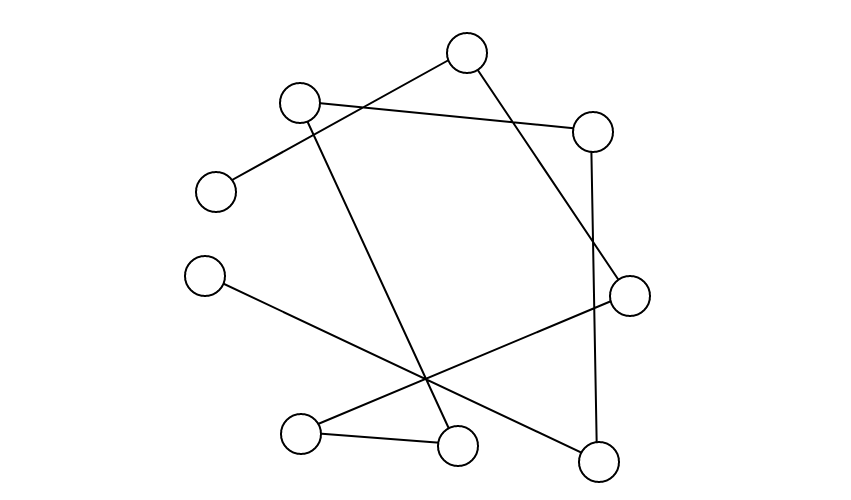by Julia Flamingo
In Portuguese, “Cobra-cega” means blinded snake. It is a giant worm-like amphibian with a triangular head and whose underdeveloped eyes are almost unable to see. It is the name of a children's game as well, also known as Blind man’s bluff, in which blindfolded children sharpen their other senses to catch their friends. Brazilian artist Wisrah Villefort appropriated this term for the title of his online solo exhibition. Created mainly out of images from the internet, “Cobra-cega” questions: are we blindsided when it comes to the circulation of digital images? Are we losing sight of the power we give to them?

“Cobra-cega” is the first solo show created with the new exhibition tool on our platform. The Online Exhibition Tool allows curators to digitally plan their exhibitions by mapping connections and pathways between works to create a visual representation of the curatorial process. Paris-based independent curator Noelia Portela has been invited to be one of the first curators of our platform to experience the tool. In turn, she chose to work alongside multimedia artist Wisrah Villefort, who has been developing a substantial oeuvre on hypermedia and the non-human. Not coincidentally, “Cobra-cega” turned out to be a metalinguistic show that questions the digital realm itself.

The exhibition launched on October 22, 2020 is composed of nine images that together create one artwork. Taken out of the internet, the images are part of the São Paulo-based artist archive. He treats them as objects rather than photographs of actual things. By using them to speculate or fictionalize something he wants to say, Villefort researches the power of images, the way we perceive them, and how we tend to hierarchize them. “When I think about an online exhibition, there are two topics I keep in mind: the first is that my approach is much more conceptual than digital. I am not a web developer or anything of this sort, but it is not really a craft that I engage with [...]. The second is that a photography of an artwork is not the artwork itself”, he said during a live Q&A he engaged with ACG founder & director Pauline Foessel and Noelia Portela, which was held in conjunction of the opening on Zoom (watch the full conversation on the video below).
On this occasion, both artist and curator used the artwork that depicts a hermit crab using a Lego piece as a shell as an example to explain Villefort’s relationship to digital images. The phrase “Find a shelter that will last longer than you would”, which is written at the forefront of the work, insinuates that the artist is tackling how plastic lasts forever. “It is very clear that he discusses the power dynamics between humans and animals, culture and nature”, said Noelia Portela. The Uruguayan curator and arts administrator is also the founder of the project Persona/Curada, a non-profit and experimental project for Latin-American artists that are currently based in Europe.

Wisrah Villefort owns the Instagram account @mercado_livre. Since 2017, he has been sharing images collected from online marketplaces such as the Chinese AliExpress and the Argentinian Mercado Livre. With hundreds of pictures of all sorts of products and more than 20.000 followers, the profile is a not so subtle critique of how the online circulation of images intervene in the way we live, our choices and lifestyle, and even the way we relate socially. As we know, the circulation of online information and the access we have to them is a result of pre-established algorithms influenced by an endless net of power dynamics. Starring at Villefort’s artworks reminds us not to turn a blind eye to them.

Cobra-cega by Wisrah Villefort
Curated by Noelia Portela
On view from October 22, 2020 exclusively on Art Curator Grid